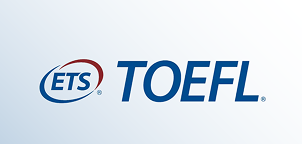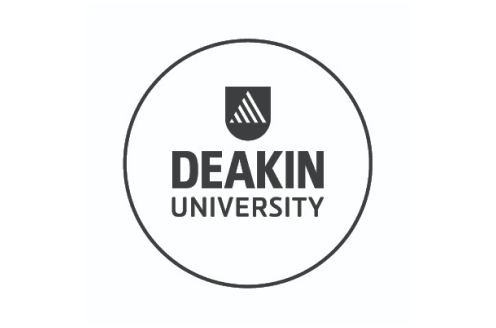Introduction to Statistical Tests
Dive into data analysis with our free course: 'Introduction to Statistical Tests.' Explore inferential stats, hypothesis testing, and more. Elevate your analytical skills!

Ratings
Level
Learning hours
Learners
Skills you’ll Learn
About this course
This free Statistical Tests course will help you understand statistical concepts, covering both inferential and descriptive statistics. Delve into measures of dispersion and central tendency to grasp the variability and central values in data. Explore the fundamental principles of hypothesis testing and its practical applications. Understand the Central Limit Theorem, a cornerstone in statistical analysis. Navigate through the Chi-Square Test, a powerful tool for categorical data analysis, and unravel the complexities of the F Distribution. This course equips you with essential statistical skills, empowering you to interpret and draw meaningful conclusions from data.
Ready to go beyond the basics? Take your data analytics skills to the next level. Check out our PGP in Data Science and Business Analytics.
Course Outline
This module will outline the techniques and significance of data collection. It'll cover the fundamental concepts and usage of probability, Central Limit Theorem and its role in statistical inference, etc.
This module will delve into key statistical concepts, starting with Measures of Variability. It will then explore the Measure of Skewness and conclude with an examination of Kurtosis.
This module will explain analytics with Excel, variance, and standard deviation.
This module covers the case study based on Central Tendency concepts for Data Science and understands the importance of statistics.
This module will cover the major concepts that help carry out Hypothesis Testing successfully. You will learn about Type 1 and Type 2 errors and understand the Z-test in detail.
 UPGRADE
UPGRADE
Recommended university programs
Frequently Asked Questions
Will I receive a certificate upon completing this free course?
Is this course free?
What are the prerequisites required to learn this Statistical Tests Course?
You do not need any prior knowledge to learn this Statistical Tests Course.
How long does it take to complete this free Statistical Tests Course?
Statistical Tests is an 8-hour long course, but it is self-paced. Once you enrol, you can take your own time to complete the course.
Will I have lifetime access to the free course?
Yes, once you enrol in the course, you will have lifetime access to any of the Great Learning Academy’s free courses. You can log in and learn whenever you want to.
Other Data Science tutorials for you
Introduction to Statistical Tests
Statistical tests are essential tools in the field of statistics that allow researchers and analysts to draw conclusions about populations based on sample data. These tests help assess the significance of relationships, differences, or patterns observed in the data, providing a framework for making informed decisions and generalizations. Here, we'll explore some common types of statistical tests and their applications.
1. T-Test:
The t-test is used to determine if there is a significant difference between the means of two groups. There are various types of t-tests, such as the independent samples t-test for comparing two independent groups and the paired samples t-test for comparing two related groups (e.g., before and after measurements). The t-test calculates a t-statistic, and the results are compared to a critical value or p-value to determine statistical significance.
2. Chi-Square Test:
The chi-square test is employed when dealing with categorical data to assess the independence of two variables. It is commonly used in contingency table analysis. The test compares the observed frequencies of categories with the frequencies expected under a null hypothesis of independence. A significant result suggests that there is a relationship between the variables.
3. ANOVA (Analysis of Variance):
ANOVA is a statistical test used to analyze the differences among group means in a sample. It is an extension of the t-test and is applicable when comparing means across more than two groups. The F-statistic is calculated, and if it exceeds a critical value or if the p-value is below a chosen significance level, the null hypothesis of equal means is rejected.
4. Regression Analysis:
Regression analysis is a statistical technique used to examine the relationship between one dependent variable and one or more independent variables. The goal is to model the underlying pattern of the data and make predictions. Simple linear regression involves one independent variable, while multiple linear regression deals with two or more. The significance of the regression coefficients is assessed using hypothesis tests.
5. Mann-Whitney U Test:
The Mann-Whitney U test, also known as the Wilcoxon rank-sum test, is a non-parametric test used to determine whether there is a difference between two independent samples. This test is appropriate when the assumptions of the t-test cannot be met. It assesses whether the distributions of the two groups are the same.
6. Kruskal-Wallis Test:
Similar to ANOVA but for non-parametric data, the Kruskal-Wallis test is used to determine whether there are significant differences among three or more independent groups. It ranks the data and assesses whether the distributions of the groups are equivalent.
7. Paired Wilcoxon Signed-Rank Test:
When dealing with paired data and non-normal distributions, the paired Wilcoxon signed-rank test is a non-parametric alternative to the paired samples t-test. It assesses whether there is a significant difference between two related groups.
8. Fisher's Exact Test:
Fisher's exact test is a statistical test used with small sample sizes or when the assumptions of the chi-square test cannot be met. It assesses the association between two categorical variables in a 2x2 contingency table.
In conclusion, statistical tests are powerful tools for making inferences from sample data to populations. The choice of a specific test depends on the nature of the data, the research question, and the assumptions underlying each test. These tests play a crucial role in various fields, including medicine, social sciences, economics, and more, providing a rigorous foundation for drawing meaningful conclusions from empirical observations.







































